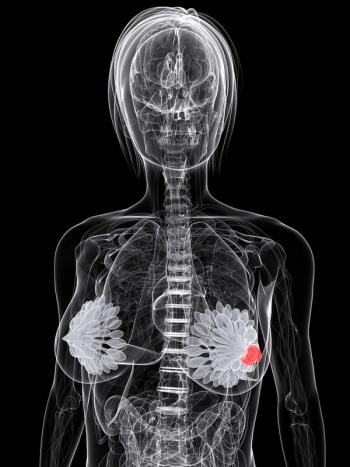
Expert Discusses Bipolar Androgen Therapy Plus PARP Inhibition for Castration-Resistant Prostate Cancer
CancerNetwork® spoke with Michael Schweizer, MD, at the 2021 ESMO Congress about his research into the combination of olaparib plus bipolar androgen therapy for patients with castration-resistant prostate cancer.
At the
The
Schweizer said this approach is not ready for the clinic yet, but it holds promise for this group of patients being treated by a medical oncologist.
Transcript:
I don't think this is necessarily going to shift the standard of care right now because it’s a relatively small phase 2 trial. You know, hypothetically, if it turned out that this combination was active, they could prove it in a randomized trial, and it became a standard of care, this would probably still fall predominantly on medical oncology to treat these patients since you're talking about utilizing drugs like PARP inhibitors, which tend to be mostly utilized in the medical oncology field.
In theory, I could see if this really panned out to be a therapy that was effective for an unselected population that perhaps it would start going back towards urologists utilizing it more since it doesn’t require sort of advanced genomic testing. For now, it’s probably not going to necessarily be something that relies heavily on a multidisciplinary approach for utilization since it’s a drug-based treatment.
Reference
Schweizer M, Gulati R, Yezefski T, et al. Bipolar androgen therapy (BAT) plus olaparib in men with metastatic castration-resistant prostate cancer (mCRPC). Presented at: 2021 European Society for Medical Oncology Congress. September 16-21, 2021. Abstract 592P
Newsletter
Stay up to date on recent advances in the multidisciplinary approach to cancer.
















































































